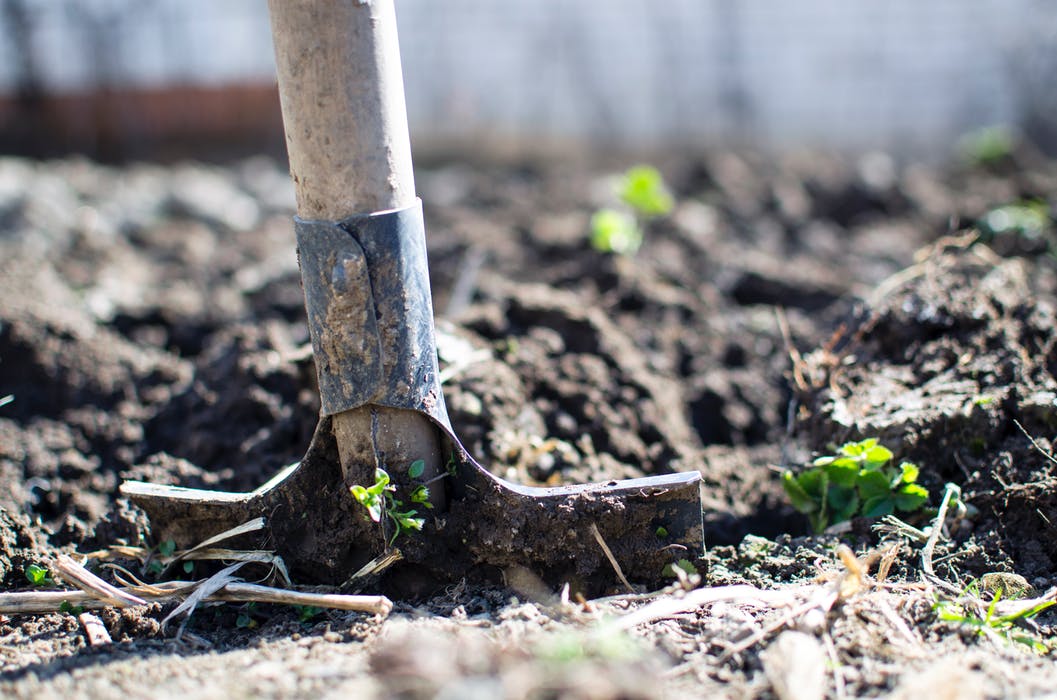
Erosion is a serious problem for any ecosystem, especially for areas of land that experience heavy wind and rain or are close to flowing water. It’s an important part of nature and wildlife preservation, and the land management of our national and state parks. Rivers, rain and flooding can wipe out important structures which not only have historical and cultural significance but are also vital for maintaining balanced natural habitats. Landslides are dangerous to both native life and nearby human residents. Without careful erosion prevention, we can lose our historic landmarks, decimate endangered species, and destroy homes and other important man-made structures.
There are a variety of erosion control products available to help on a large scale. The best way to stop land erosion is to plant vegetation. Trees and plants have the ability to soak up excess water, and their root systems will spread underground and hold the soil together. Planting seeds is the best way to prevent erosion and preserve land.
But in order to implement a successful large-scale seeding program, there must be a way to allow the seeds to sprout and grow in order to stabilize the soil. It’s an interesting Catch-22: Seeds must be planted to prevent erosion, but the seeds themselves must be protected from erosion to give them time to grow and mature.
There are four common methods for protecting newly planted seeds. These methods help keep the soil stationary so the vegetation is able to properly develop.
4 Methods to Help Prevent Erosion
- Mulch
Covering bare soil in mulch is an effective way to prevent erosion. Mulch material may vary, but the effects are all very similar and it conserves the soil in multiple ways. Mulch will protect the soil from rain, and help keep it from washing away. Mulch itself is often capable of absorbing water, which minimizes damage caused by excessive runoff. It also provides a barrier against the wind, which can sweep away the soil and lead to devastating erosion. In extremely windy locations, a heavier, almost rock-like mulch should be used.
- Erosion Blankets
Erosion blankets are literal blankets of straw or fiber which are rolled like carpet over the soil. Once installed, erosion blankets stay firmly in place, and are perfect for protecting seeds on hills and slopes, riverbanks, and newly landscaped commercial land.
- Wattles
Wattles are a rolled organic material that often look like large, long logs. Like erosion blankets, they work well on slopes and hills. By strategically placing wattles on a hill, you can guide the flow of water in order to prevent erosion. They are also absorbent and help minimize the excessive flow of water during a heavy rainfall. Because they can hold water, they can also release moisture into the ground when the soil becomes overly dry.
- Soil Stabilizers & Tackifiers
Soil stabilizers are an effective method for helping the soil resist erosion. As the name suggests, this method helps to stabilize the soil and keep it intact, preventing wind and rain from breaking it apart and sweeping it away. Soil stabilizers are a synthesized chemical, usually derived from organic compounds.
Tackifiers are similar to soil stabilizers, as they are both synthetic chemicals designed to maintain soil integrity. Tackifiers are sprayed onto mulch or straw which has been applied to the top of the soil. It acts like a glue for the mulch, making it more effective by helping to prevent it from being swept away. It can be viewed as a third level of protection for a natural habitat: Vegetation helps prevent erosion, the mulch helps protect the seeds, and the tackifier protects the mulch. This is a proven and effective method for stopping erosion, even in areas with high winds and running water.
Proper land management requires constant vigilance and planning to prevent erosion and preserve the natural ecosystem. Large-scale implementation is common in national and state parks, commercial properties, large estates, and newly landscaped land. Nature is strong and powerful; wind and rain can cause great damage to natural habitats and manmade structures. Fortunately, we have a variety of methods at our disposal to help us prevent erosion and protect the lands that are important to us.





Leave a Comment